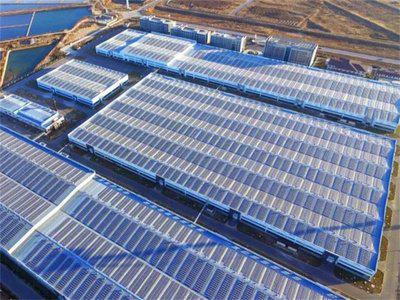Are you ready to embrace the power of the sun and take your home into a brighter, more sustainable future? Look no further than Sunworth‘s different types of solar panels! From sleek and stylish designs to cutting-edge technology, we have something for every homeowner looking to harness the endless energy of our magnificent star. Join us as we explore the different types of solar panels that will not only help you save money on electricity bills but also contribute towards a greener planet. Get ready to shine with Sunworth!
Characteristics of solar panels
Electricity is produced by solar panels, a sort of energy producing technology. Knowing which solar panel is appropriate for your company is crucial because there are many different solar panel options available.
There are three primary categories of solar panels:
Large mirrors or lenses are used in concentrated solar power (CSP) systems to direct sunlight onto a condensed area known as a collector. The heated water or oil produced by this focused sunlight subsequently converts into steam, which drives generators and generates energy.
PV systems convert solar energy into electricity by capturing it on thin, flexible silicon sheets that are installed on rooftops or in other open spaces. If you wish to install PV systems in locations that receive less sunshine than others, they may be more affordable than CSP systems.
Instead of utilizing batteries or other external energy sources, grid-tied photovoltaic (PV) systems use the electricity generated by the sun to power residences buildings. Grid-tied PV systems are more widely used now than traditional PV systems since they are simpler and less expensive to maintain.
Solar panels provide advantages.
- Monocrystalline Solar Panels: The most prevalent kind of solar panel is monocrystalline. They consist of tiny, individual cells that convert electrical energy into heat using light. Solar panels made of monocrystalline silicon are less expensive than those made of polycrystalline or amorphous silicon, but they don’t produce as much electricity.
- Polycrystalline Solar Panels: Made up of thick film that has been meticulously sliced into smaller pieces, polycrystalline solar panels are composed of big sheets. Because they are simpler to install and produce more energy than monocrystalline panels, they have grown in popularity in recent years. They are more expensive than monocrystalline panels, though, and because of their higher surface area, they may perform less well in direct sunlight.
- Amorphous silicon solar panels: These are the most effective solar panels on the market right now.
Conclusion
Sunworth’s solar panels are a great choice for anyone looking to make the switch to renewable energy. With a variety of home-use options available, you can find the perfect fit for your needs. Not only do they provide power with no emissions, but these panels also come with many advantages, such as increasing property value and offering tax rebates. If you’re considering making the switch to solar energy, Sunworth is definitely worth checking out!
